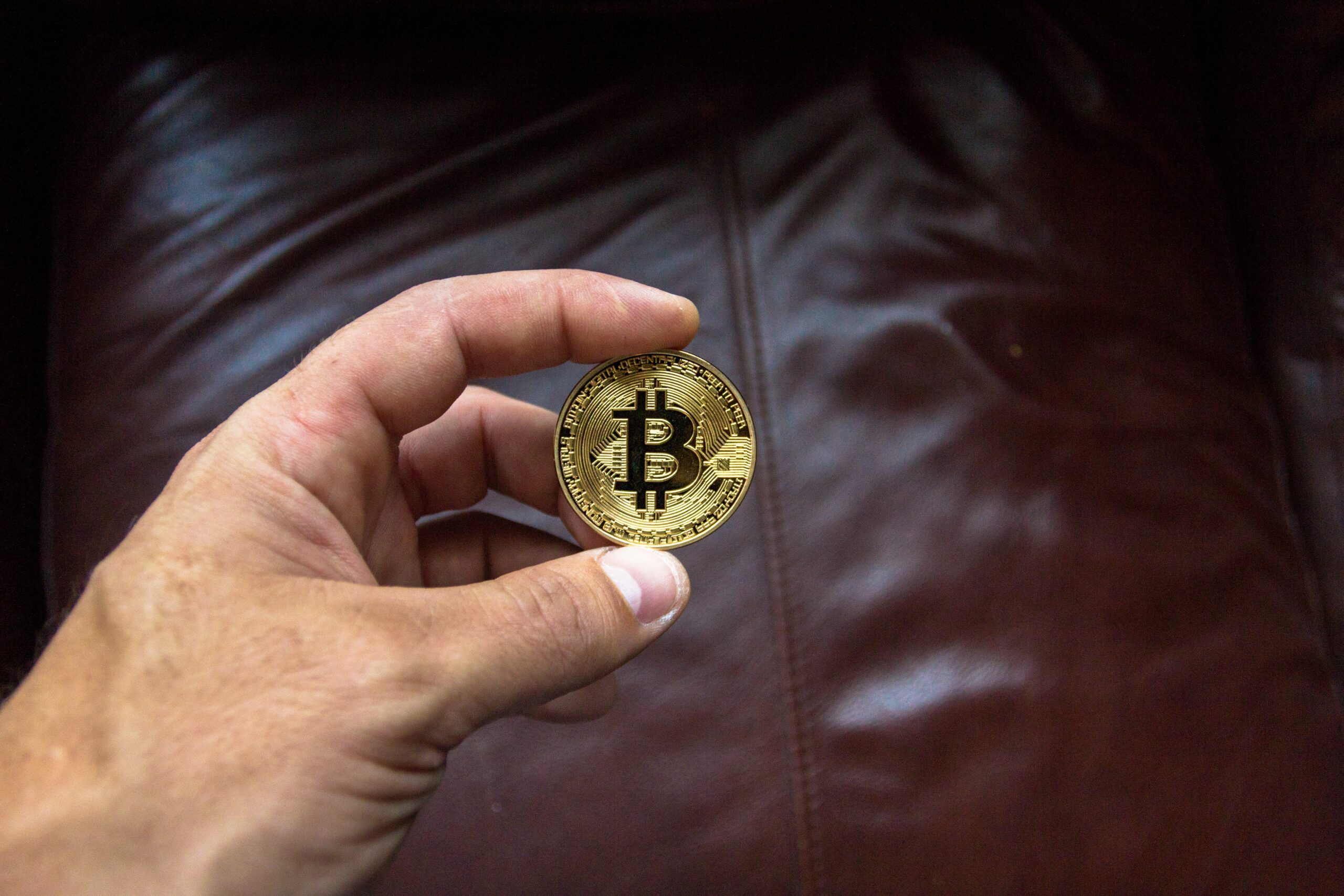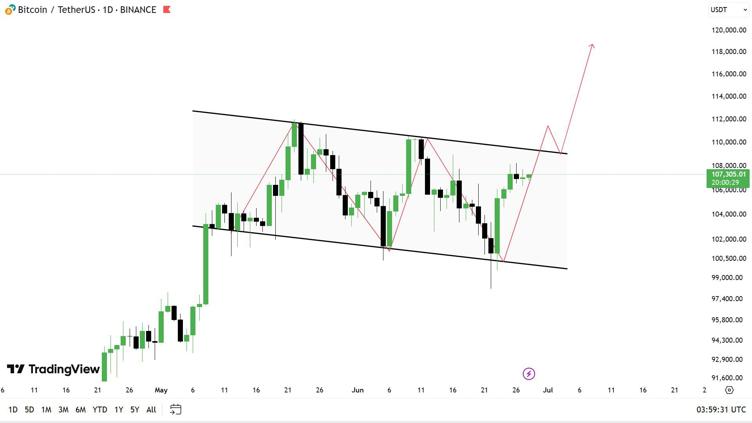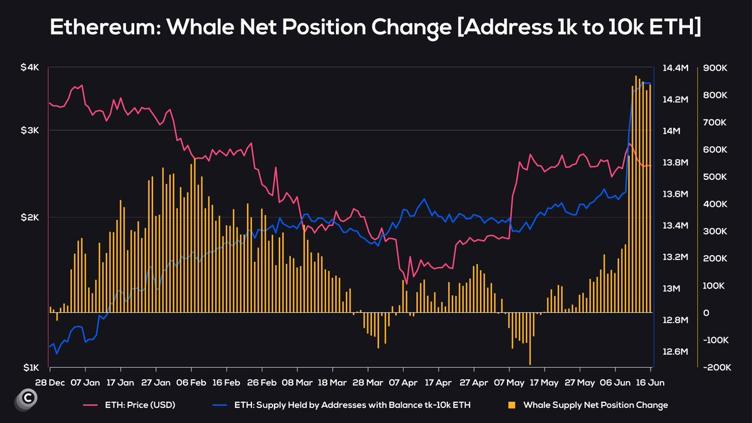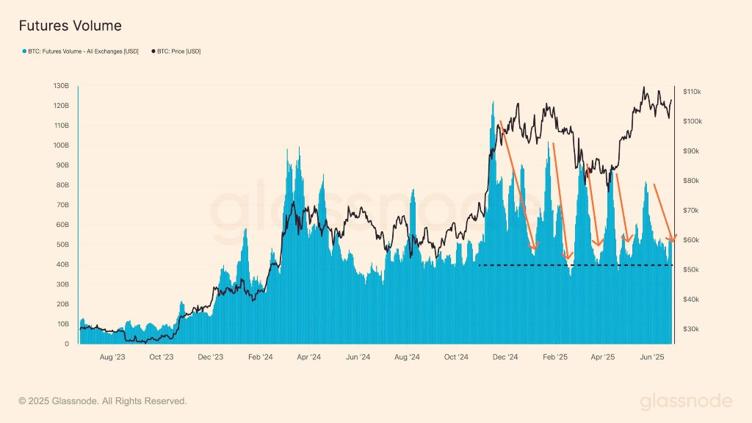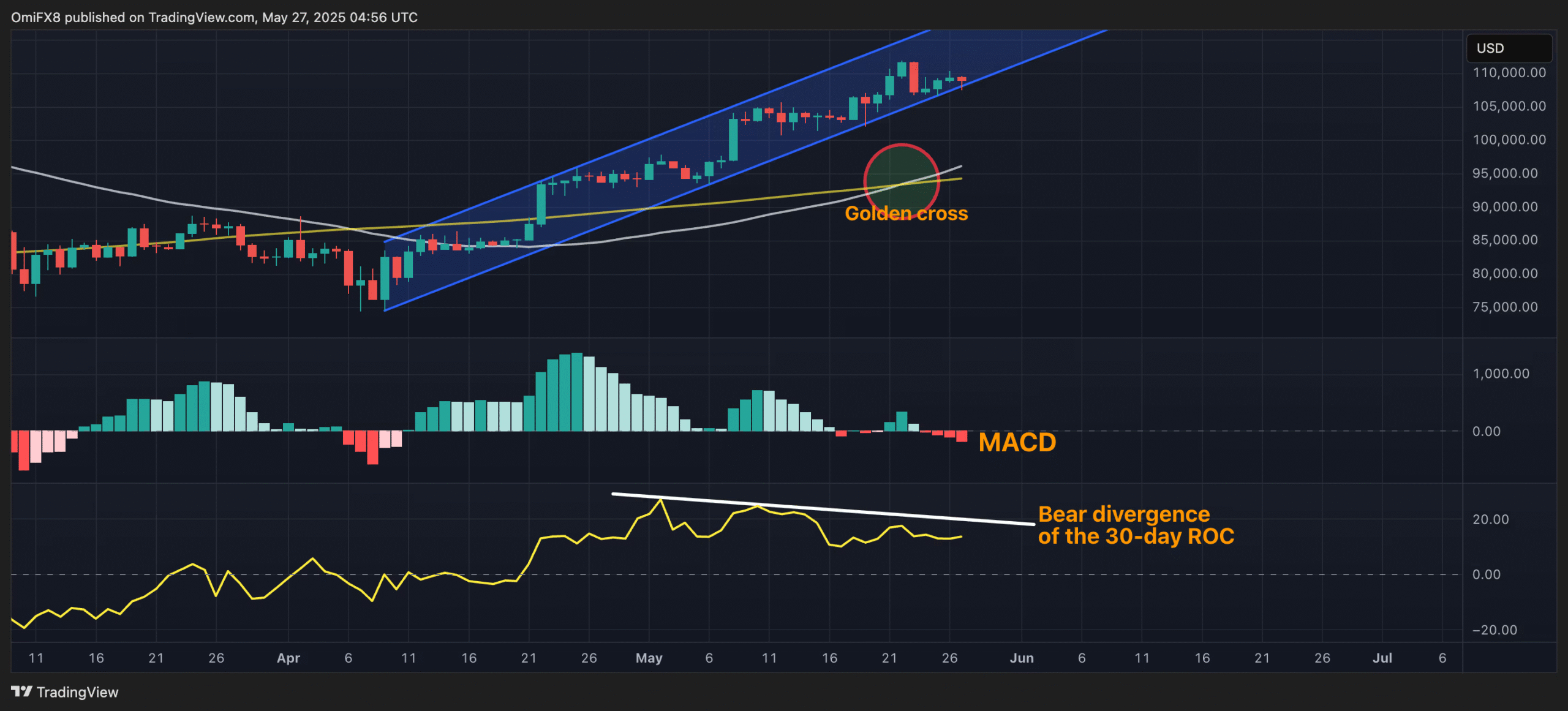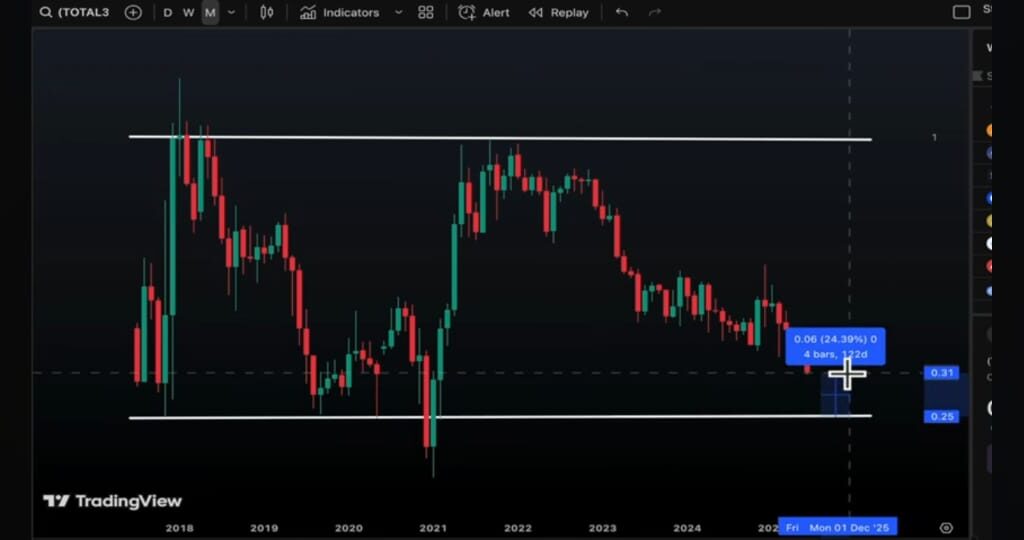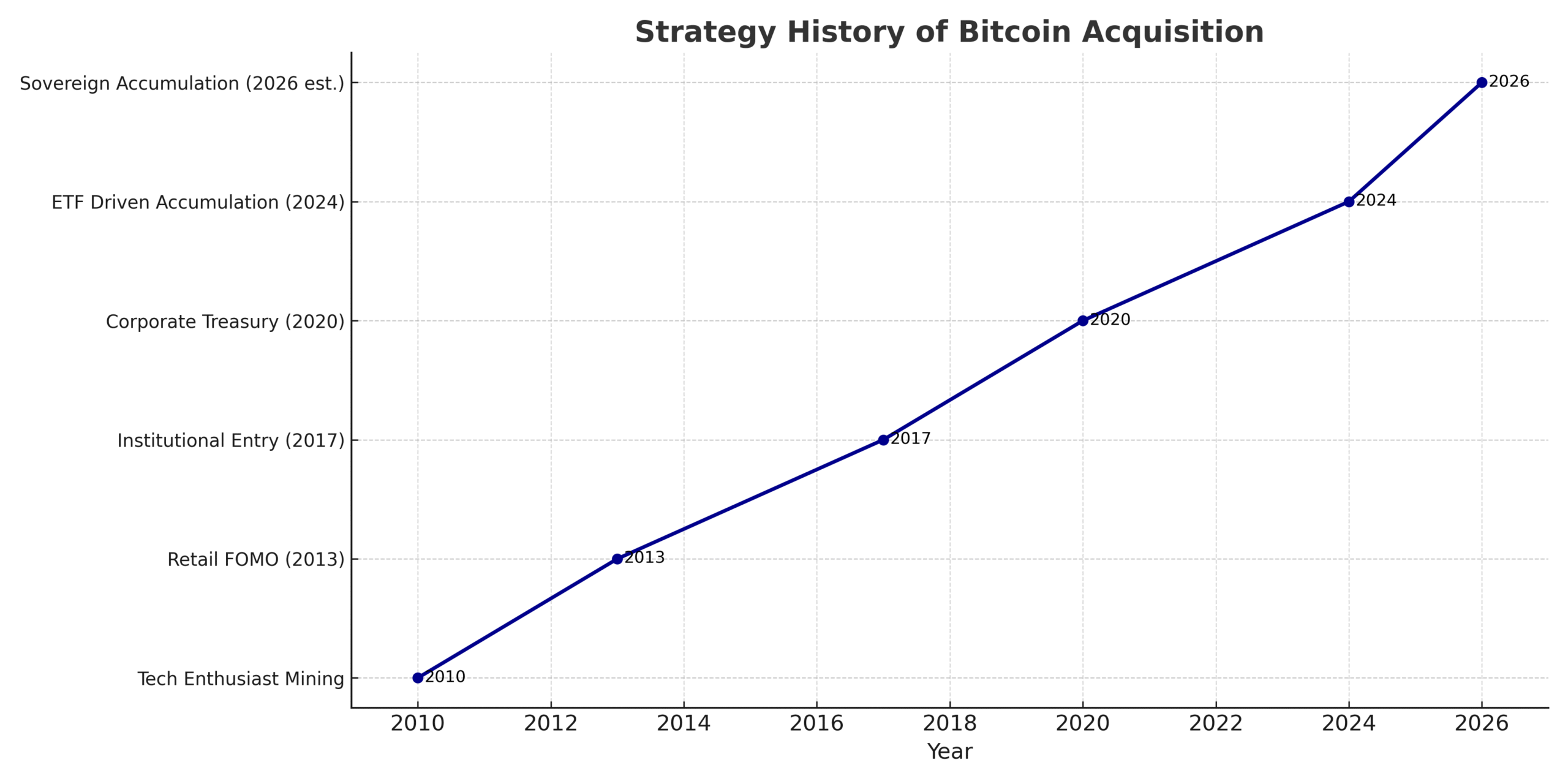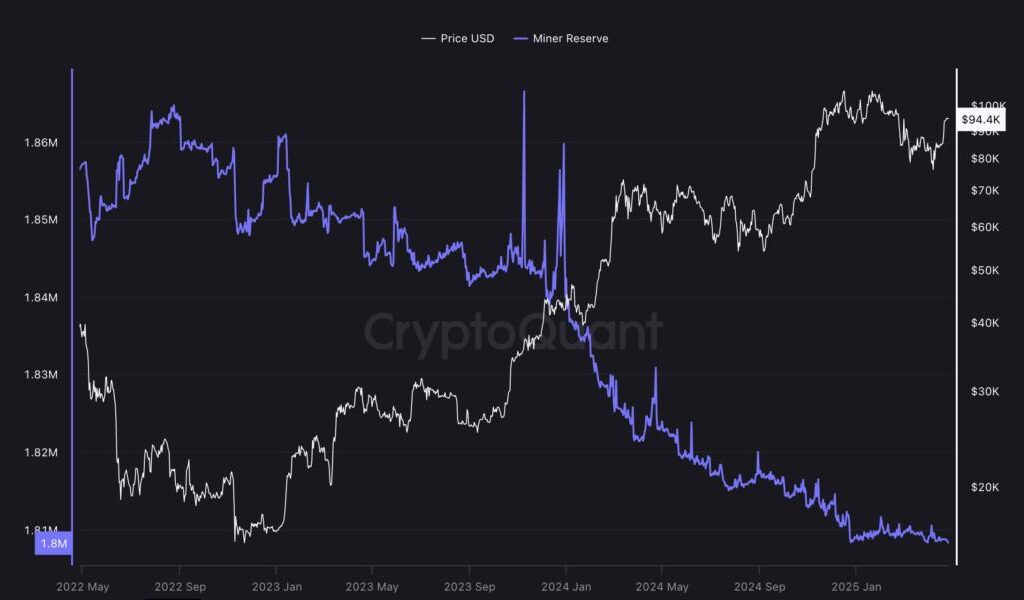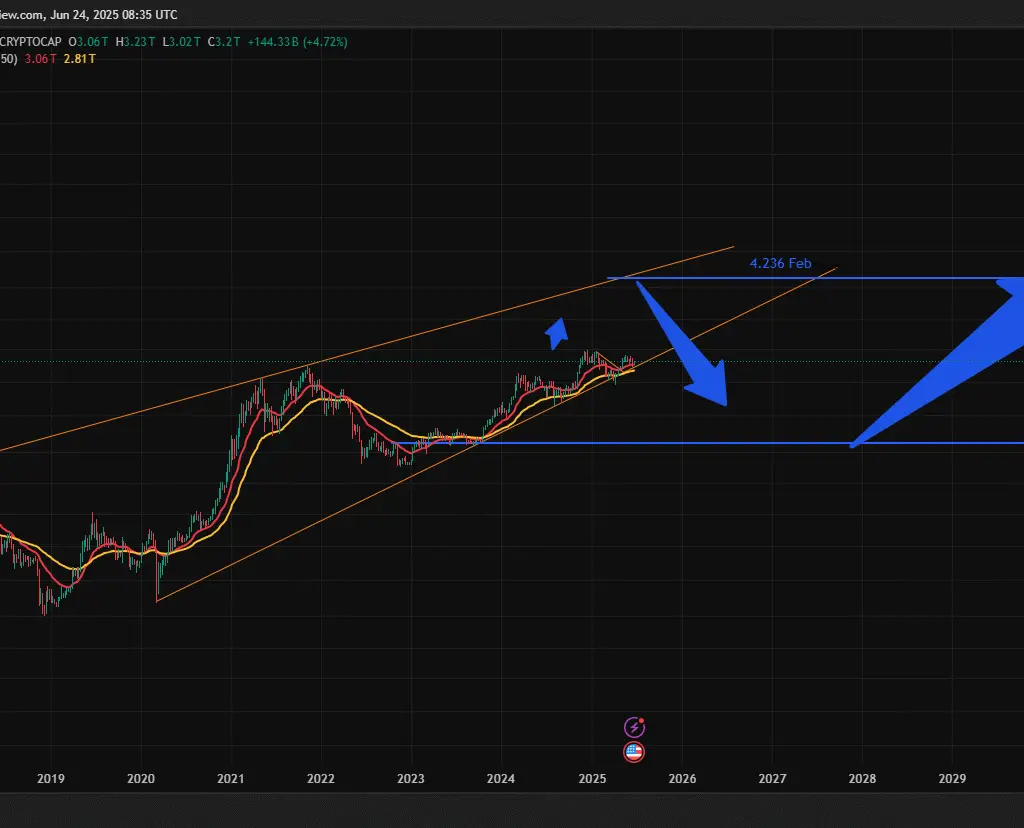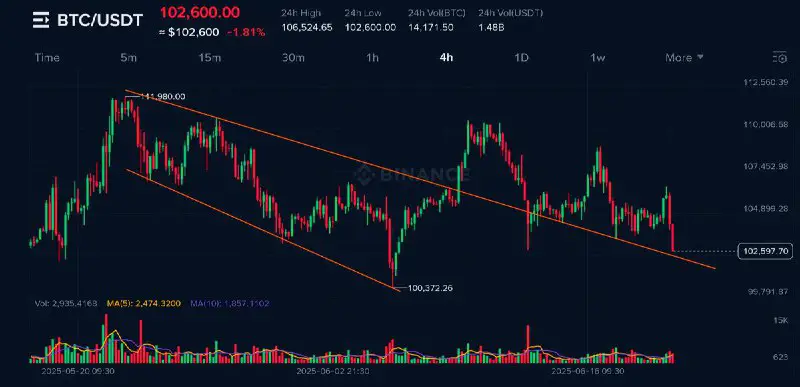Introduction: Are You Feeding Your Child Real Food or Factory Junk?
Imagine this: a child who is always tired, frequently ill, and emotionally unstable. Now, imagine learning that much of this is due to the “food” we willingly feed them every day.
Yes, this blog is a wake-up call. If you’re a parent or teacher who truly cares about the next generation, read this carefully. Today, we are raising kids on lab-made, fake foods that mimic taste but destroy health. You’ll discover what makes these products so harmful, the real foods your child needs, and what simple changes can protect their future.
1. The Hidden Dangers Lurking in Everyday Snacks
From colorful candies to crunchy chips, our supermarkets are loaded with seemingly innocent treats. But beneath the surface, they contain harmful additives:
- Cellulose (Wood Pulp): Used to thicken snacks, this fiber is indigestible and can cause bloating and intestinal distress.
- Maltodextrin: A sugar variant that kills good gut bacteria, weakens immunity, and spikes blood sugar levels.

2. Food Is Being Engineered, Not Grown
Real food grows in fields or comes from animals. But factory foods are chemically engineered:
- Made for taste and shelf-life, not nutrition.
- Stripped of essential nutrients.
- Additives keep them looking fresh but wreak havoc on your child’s gut and immune system.
Interactive Timeline: Dietary Patterns Over Time
3. The Role of “Gums” and Thickeners in Gut Inflammation
Substances like xanthan gum, guar gum, and carrageenan are common in ice creams, sauces, and snacks. While they add texture:
- They confuse the digestive system.
- They trigger chronic gut inflammation, which leads to fatigue, food sensitivities, and even autoimmune disorders in kids.

4. Sugar-Free But Not Side-Effect-Free
Artificial sweeteners like sorbitol, maltitol, sucralose, and erythritol sound like healthy alternatives, but they:
- Causes gas, bloating, and diarrhea.
- Disrupt gut flora and insulin response.
- Have been linked to mood swings and anxiety.
5. Emulsifiers: Soft Texture, Hard Consequences
Ever wondered how cakes and bread stay soft for days? Thank mono and diglycerides, but:
- They are trans-fat derivatives.
- Linked to heart disease and arterial inflammation.
- Sneakily added to most baked goods.
Additive-related health incidents,
| Year | Incidents |
|---|---|
| 2015 | 120 |
| 2016 | 145 |
| 2017 | 160 |
| 2018 | 180 |
| 2019 | 200 |
| 2020 | 230 |
| 2021 | 250 |
| 2022 | 270 |
| 2023 | 290 |
6. The Sugar Trap: Hidden in Everything
Sugar is no longer just in desserts. It hides in bread, sauces, cereals, and even “healthy” granola bars.
- Spikes in insulin contribute to childhood obesity.
- Causes mood crashes, hyperactivity, and irritability.
- Damages the liver and immune system.
7. Polysorbate 80: The Silent Immune Attacker Used to blend ingredients evenly in processed food, this emulsifier:
- Damages the intestinal lining.
- Weakens the gut’s protective barrier.
- Allows toxins to enter the bloodstream, causing systemic inflammation.
8. Aspartame: The Sweet Poison in Diet Foods
Aspartame is used in diet sodas and sugar-free candies, yet:
- Linked to neurotoxicity, headaches, and sleep disorders.
- Affects brain health and can cause irritability and anxiety.
| Variable | Value |
|---|---|
| Current Processed Food Intake | 100 units |
| Current Obesity Rate (%) | 18% |
| Target Reduction in Intake (%) | 20% |
| New Processed Food Intake | =100*(1–20%) = 80 |
| Assumed Sensitivity Factor | 0.25 |
| Estimated Impact on Obesity Rate | =18%–(20% × 0.25) = 13% |
9. Why Real Food Is the Only Safe Option
The antidote to all this? Going back to basics:
- Whole grains like wheat and rice.
- Natural proteins from eggs, milk, and meat.
- Fresh vegetables and fruits.
- Homemade meals using ghee, butter, and simple spices.
10. What Parents and Teachers Can Do Right Now
Don’t just restrict junk food—replace it. Here’s how:
- Educate kids about food ingredients.
- Encourage them to read labels and research.
- Replace chips with nuts, sugary drinks with water or milk.
- Add cooking and food science to classroom projects.
- Start small: One healthy meal a day.
Internal Links (To Be Added by You):
- [Your blog on healthy school lunches]
- [Your article on sugar’s impact on learning]

The data shows a steady increase in reported health issues from 1,200 cases in 2015 to 3,200 in 2024.
Year-over-year growth peaked at 15.38% in 2017, indicating a sharp rise in that period.
Although the growth rate fluctuates slightly, it consistently stays positive, confirming a persistent rise in issues over the years.
The average annual growth rate (excluding 2015 due to lack of previous data) is approximately 11.42%.
Hypothetical Example
1. Processed Food Sales
- 📉 Downward Trend: Sales decreased by 12% YoY.
- 📆 Peak sales observed in December, likely due to holiday consumption.
- 🔄 Shift toward organic and low-additive products in Q2 and Q3.
2. Childhood Obesity Rates
- 📈 Slight Increase: Average rate rose from 17.2% to 18.1% over the year.
- 🧁 Obesity closely correlates with high-sugar snack sales, especially in urban regions.
- 🚸 Obesity incidence plateaued in Q4, possibly due to awareness campaigns.
3. Nutritional Awareness
- 📊 Increased Search Interest: Online searches for “healthy school snacks” and “child-friendly nutrition” spiked 23% mid-year.
- 🍎 Sales of fruits and healthy snacks rose by 8%, replacing sugary alternatives in school programs.
4. Health Incidents Linked to Additives
- ⚠️ Notable Spike in Q1 and Q3 in reported digestive issues and allergic reactions.
- 🔍 Common culprits: artificial colors (e.g., Red 40) and preservatives (e.g., BHA, BHT).
🔍 Patterns Observed
- Correlation between high processed food sales and uptick in pediatric health visits.
- Seasonal variation in junk food sales: spikes during school holidays and winter months.
- Gradual decline in soda and sugary drink consumption, especially among teens.
Conclusion: Protect Their Future, One Meal at a Time
If you’ve read this far, you’re already among the few willing to fight for your child’s well-being. Your actions today can prevent a lifetime of disease tomorrow. Let’s replace fake foods with real nourishment and educate the next generation to be smart eaters.
FAQ: Frequently Asked Questions
Q1. Are all processed foods harmful?
Not all, but many, contain additives and preservatives that harm gut health. Focus on minimally processed foods.
Q2. How can I get my child to eat healthier?
Make meals colorful, involve them in cooking, and educate them about food labels and ingredients.
Q3. What are the 3 ingredients I should avoid in kids’ snacks?
Look out for: High-fructose corn syrup, monosodium glutamate (MSG), and artificial sweeteners like aspartame.
Q4. Is homemade food always healthier?
Yes, when made from whole ingredients, it provides better nutrition and fewer harmful substances.
Q5. Can processed food cause behavioral issues?
Yes. Research shows links between food additives, sugar, and increased hyperactivity or mood swings in children.
Q6. What’s a healthy substitute for chips and candy?
Try: roasted chickpeas, fresh fruit slices, air-popped popcorn, or trail mix.
Call to Action: Start today. Share this blog with fellow parents and teachers. Begin with one real meal. Research an ingredient a day. Let’s reclaim our children’s health—together.


